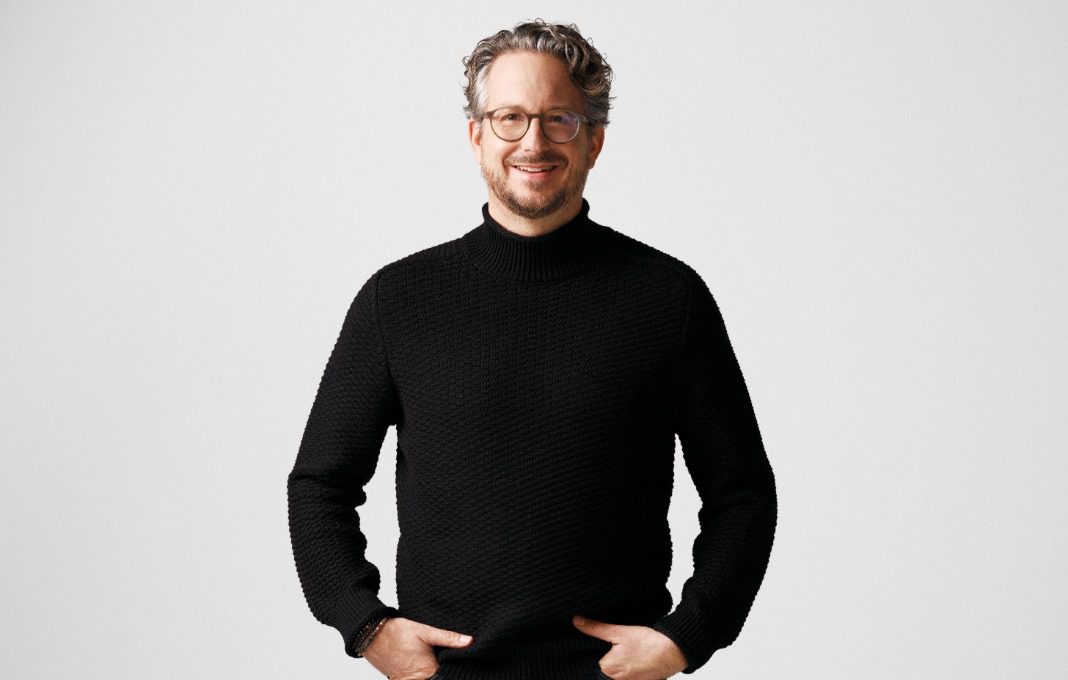How This Audio-Equipment Manufacturer Changed Its Tune


Massive global forces are shaping manufacturers’ maneuvering these days, but sometimes an overriding corporate objective trumps everything else that might be going on in the world.
That’s the case these days with Sennheiser, the Wedemark, Germany-based audio-equipment giant that recently decided both to pull out of U.S. production—despite the domestic-sourcing movement here, and despite the fact that North America is the company’s biggest market—and sell its widely praised factory in Ireland to pull all manufacturing output back to its plants in Germany and Romania.
The reason: Sennheiser Co-CEOs Daniel and Andreas Sennheiser decided a couple of years ago to vacate the company’s consumer markets and focus only on B2B customers and products for its highly sophisticated microphones and streaming systems. They operate in environments ranging from music studios to automobiles, in installations ranging from Broadway theaters to corporate meeting rooms.
That new approach meant shuttering Sennheiser’s plant in Albuquerque, New Mexico, and selling its facility in Tullamore, Ireland, to Sonova Holdings in 2022 as part of its deal to move Sennheiser’s highly lauded consumer brands to the Switzerland-based acquirer.
“We looked at different business units and realized we have great strategies for the professional business and [other B2B markets], and for our Neumann microphones brand, but we weren’t the best owner for that consumer business,” Daniel Sennheiser tells Chief Executive. “It requires a much different way of making that bloom. So we sold the consumer business to Sonova and licensed our brand to them, and are focused on professional businesses.”
The strategic shift required Sennheiser to refocus production in its plant in Wennebostel, Germany, and another in Brașov, Romania. Last year, Sennheiser invested €5.6 million in automation in the Wedemark plant, which makes high-end products including microphone capsules in its own clean room. The company also invested about €7.5 million in the Romania factory, resulting in a tripling of the production area since 2019. Sennheiser employs more than 400 manufacturing employees at the two plants.
Other manufacturing CEOs could learn from how the Sennheiser brothers have gone about strategically remaking their family’s 75-year-old company as they’ve been running it for the last 11 years. Here are some of the ways they’ve approached the exercise:
Re-evaluation. Having the total control of running a family-owned company can allow leadership to lose focus sometimes, and the Sennheiser brothers sought to avoid that.
“A couple of years ago we looked at the different businesses we have, something that you need to do in running a third-generation family business,” says Sennheiser. “You never run out of ideas. But you need to refocus on things where you can really make a difference. We’ve been in the business of creating the future of audio for three generations, and we needed to continue that.”
At the same time, the Sennheisers made the momentous decision to pull out of North American production even though the company sells more mics and headphones in the U.S. than anywhere else, and to many thousands of audiophile consumers.
“The market is our biggest single one, and it’s very dynamic and sets a lot of trends, so it’s important,” Sennheiser says. But not just because of its consumer uptake. U.S. B2B customers often lead the way in the business-communications applications of audio equipment, such as for conducting hybrid meetings as companies “re-office” and maintain remote workforces as well. “Those larger and more complex systems are where we can excel.”
Arbitrage. While German manufacture is high-cost, of course, “we concentrate the more labor-intensive parts of production to Romania, where labor cost is lower and labor is more available,” Sennheiser says. “Also, Romania is still in the European Union, so there are no issues with access to that production.”
Ownership. The company earlier recognized the advantage of low-labor-cost manufacturing, having outsourced some output to Asian contractors over the years. But second-generation CEO Jörg Sennheiser “realized it’s better to do the production ourselves,” Sennheiser says, and so moved the company decisively in that direction before handing it over to his sons.
“We have two plants at the highest standards, that we own, and are very deep in production,” Daniel Sennheiser says. “During the pandemic, when supply chains were disrupted globally, we were able to provide a very stable supply of products to our customers with virtually no interruption. If you’re in control of your supply chain, that’s a value in itself. In a market where basically, there are thousands of options for every use case, we can only excel as a family-owned, independent company if we have something more to offer than everyone else. That we can do with our software innovation but also with our hardware and the way we manufacture.”
Automation. Sennheiser is refocusing production at its German plant relying heavily on automation to control labor costs and ensure the remarkable precision that its production processes require. For example, if Sennheiser sells a studio system of 40 to 50 microphones, “each needs to be exactly the same tolerance,” he says. Also, Sennheiser is employing collaborative robots that work with and around people to handle repetitive tasks such as screwing components together while humans are freer to work on things such as hand-assembling certain complex Neumann microphones.
“That [task] is somewhere between high-tech and voodoo,” Sennheiser says. “It takes a couple of years for someone to learn how to put it together and really get it to specs.”
Recognition. As social media and the advance of recording technology continue to democratize music production worldwide, the Sennheiser brothers recognized that to move out of their consumer-facing activities per se didn’t mean the popular culture no longer was going to be a factor for them. That realization bolstered their decision to sell consumer brands to Sonova.
“Musicians increasingly are crossing the line between being consumers and a business,” Sennheiser says. “They enter [the business] as consumers but with professional aspirations. We now focus on musicians with aspirations.”
Cooperation. Uncommonly but not uniquely among big companies, the Sennheiser brothers are equals.
“We’re doing that without segregation of our duties,” Daniel Sennheiser explains. “We’ve done that for 11 years now, and it’s been a good time together. We are able to make bold decisions because there are two of us. And we are able to go very deep into those decisions as they go a bit against the grain sometimes.”


0

1:00 - 5:00 pm
Over 70% of Executives Surveyed Agree: Many Strategic Planning Efforts Lack Systematic Approach Tips for Enhancing Your Strategic Planning Process
Executives expressed frustration with their current strategic planning process. Issues include:
Steve Rutan and Denise Harrison have put together an afternoon workshop that will provide the tools you need to address these concerns. They have worked with hundreds of executives to develop a systematic approach that will enable your team to make better decisions during strategic planning. Steve and Denise will walk you through exercises for prioritizing your lists and steps that will reset and reinvigorate your process. This will be a hands-on workshop that will enable you to think about your business as you use the tools that are being presented. If you are ready for a Strategic Planning tune-up, select this workshop in your registration form. The additional fee of $695 will be added to your total.

2:00 - 5:00 pm
Female leaders face the same issues all leaders do, but they often face additional challenges too. In this peer session, we will facilitate a discussion of best practices and how to overcome common barriers to help women leaders be more effective within and outside their organizations.
Limited space available.

10:30 - 5:00 pm
General’s Retreat at Hermitage Golf Course
Sponsored by UBS
General’s Retreat, built in 1986 with architect Gary Roger Baird, has been voted the “Best Golf Course in Nashville” and is a “must play” when visiting the Nashville, Tennessee area. With the beautiful setting along the Cumberland River, golfers of all capabilities will thoroughly enjoy the golf, scenery and hospitality.
The golf outing fee includes transportation to and from the hotel, greens/cart fees, use of practice facilities, and boxed lunch. The bus will leave the hotel at 10:30 am for a noon shotgun start and return to the hotel after the cocktail reception following the completion of the round.